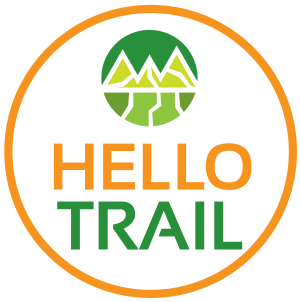Hiking is an age-old pursuit that allows us to get out in nature, recharge our batteries, and indulge in a great form of physical activity. Setting off down the trail and out into the wilderness is iconic, symbolizing escape from our increasingly urbanized culture.
Have you been considering going for your first day hike but just don’t know where to get started? You’ve come to the right place…
What You Will Learn…
Our ultimate guide to hiking for beginners was developed just for YOU!
We will cover a lot because the goal is for you to feel completely comfortable on your first or next hike.
You can click any of the links below to read about a specific topic, learn more about the best hiking gear we recommend or click here to continue reading this in-depth guide.
Either way you will be better prepared to get outside and say HELLO TRAIL!
Basic Hiking Information
Hiking Trail Difficulties
Being a beginner hiker, you will most likely want to start on easier trails, but we’re also realists…
And adventure seekers!
So I can understand if you want to push the limits but just for your safety and knowledge, I want to outline some of the different types of trails you might encounter.
Beginner: Beginner hikes are suitable for people of all ages, including children and the elderly.
These trails are well marked and in very good condition. They typically do not involve high losses or gains in elevation.
Beginner trails are usually obstacle-free and not longer than a few miles in length.
Moderate: Moderate hikes are generally longer in length and require some level of physical fitness.
There are often small rises or losses in elevation, but the trails are typically in good condition and relatively obstacle-free.
Difficult: Difficult trails usually pose high gains or losses in elevation. They are not necessarily longer in length than moderate trails, but they can be.
Difficult trails require a high level of physical fitness. You should be comfortable hiking on moderate trails before setting out on a difficult excursion.
Extreme: Extreme trails involve a significant increase in mileage and elevation gain. These trails are found almost exclusively in the mountains and can be at high altitudes where the air is thin.
Extreme trails require a high level of physical fitness, so make sure you are prepared!
These trails are not always in good condition and can involve navigating many obstacles, such as stream crossings, boulders, and fallen trees.
Choose your challenge wisely!
Hiking in Different Climates
One of the most important things you will want to know before hitting the trails is the climate you will be hiking in.
If your hikes are in your home area, figuring this part of the puzzle out should be easy. But if you are planning a hike as part of a vacation, understanding that local climate will be vital to your overall experience.
You will notice that the ‘hiking for beginners’ guide primarily focuses on three seasons – Spring, Summer, and Fall – and that is for a reason.
Winter hiking is an animal all on its own and I would suggest holding off on that until you have at least one full season of hiking under your belt.
Spring: Spring can be one of the most beautiful times of the year to go hiking in many climates.
The flowers are blooming and the snow is melting away — but at high elevation, the snow-capped peaks remain, making those destinations more ideal for summer weather.
The southern states are a great place to hike in spring as the temperatures are warm, the elevation is low, and the waterfalls are flowing.
Summer: Summer hiking is ideal for locations at high elevations.
You’ll want to avoid the southern states in summer as they get far too hot for comfort. Focus on the Northwest and mountainous regions.
Summer is the only time of the year to seek out those high alpine lakes that are otherwise covered in snow — take advantage of this and plan the trip of a lifetime.
Fall: Fall is an ideal hiking season because the leaves are changing, making for some seriously epic scenery.
Most areas around the country offer hiking in the fall, but in places at high elevations, you have to be aware of the possibility of early snowfall.
The temperatures may still be a little too warm for comfort in the south, so seek out cooler, shaded trails and pack accordingly.
Popular Day Hiking Locations
You most likely have some great places to go for a day hike within driving distance of where you live. I would encourage you to seek those out first to get some trail miles on your hiking boots.
The United States has some fantastic hiking trails all over the country, so if you are planning a hikecation, here are some of our favorite spots with some unbelievable trails, perfect for day hiking.

Colorado: Colorado is one of the pristine outdoor playgrounds in the United States. The state is home to the Rocky Mountains — part of which are protected by Rocky Mountain National Park.
Arid desert highlands and river canyons add to a diverse landscape that attracts hikers from around the world.
The high elevation of the state makes for snow-covered peaks most of the year — enticing hikers during the summertime with the provision of high alpine lakes and fields of wildflowers along the many uphill hikes.
Whether you’re looking for a week-long thru hike or an hour-long loop, there are very few areas in the country that come close to what Colorado has to offer.
Utah: Utah is an appealing blend of desert and the Wasatch Range Mountains.
The state is an important conversion point for the Rocky Mountains, the Great Basin, and the Colorado Plateau.
Utah is home to hundreds of miles of backcountry and trails — with offerings ranging from the most remote backpacking expeditions to pleasant walks through aesthetic scenery.

Are you interested in ecology, geology, or archaeology? Specialty walks open up an entirely new world.
A few places to pique your interest? Zion National Park, Arches National Park, and Moab. The list just keeps going.
North Carolina: The East Coast is home to a little gem often overlooked by its western comrades.
North Carolina’s hiking trails are epic, plentiful, and part of the famous Appalachian Trail, featuring some of the most beautiful terrains in its expanse.
Not interested in the AT? The Mountains to Sea trail might incite you.
North Carolina is home to some of the tallest mountains east of the Mississippi — and speckled with waterfalls, rolling hills, and impressive sunsets. Climb Grandfather Mountain, hike Looking Glass Rock, check out Linville Falls, or catch the sunset over the balds in the Roan Highlands.
Have you ever heard of the Art Loeb Trail? If you’re limited on time, hone in on hiking Black Balsam Knob — you won’t be disappointed.
California: The westernmost state in our country is known for its diverse landscapes ranging from craggy beaches, redwood forests, the Sierra Nevada Mountains, and the Mojave Desert.
You can choose from household names such as the John Muir Trail or the Pacific Crest Trail or pick a more obscure location and get off the beaten path.
Want to see something spectacular? Check out Yosemite Valley, home to some of the most impressive granite peaks on earth.
Are you looking for inspiration? The majestic snow-capped Mount Shasta has trails for the average hiker to the most adventurous seeking to attain a true mountain summit.
Oregon: If you like waterfalls, consider a hiking trip in Oregon. The Columbia River Gorge has enough hiking to last you a lifetime — and it’s complemented by other impressive destinations, including the Cascade Mountain Range.
You’ll find the best weather during summertime.
Want some direction? Check out Smith Rock in Terrebonne — a great place to begin your adventure whether you’re an amateur hiker or a seasoned pro.
Other places include Angels Rest, Abiqua Falls, Opal Creek, and the Mt. Hood National Forest.
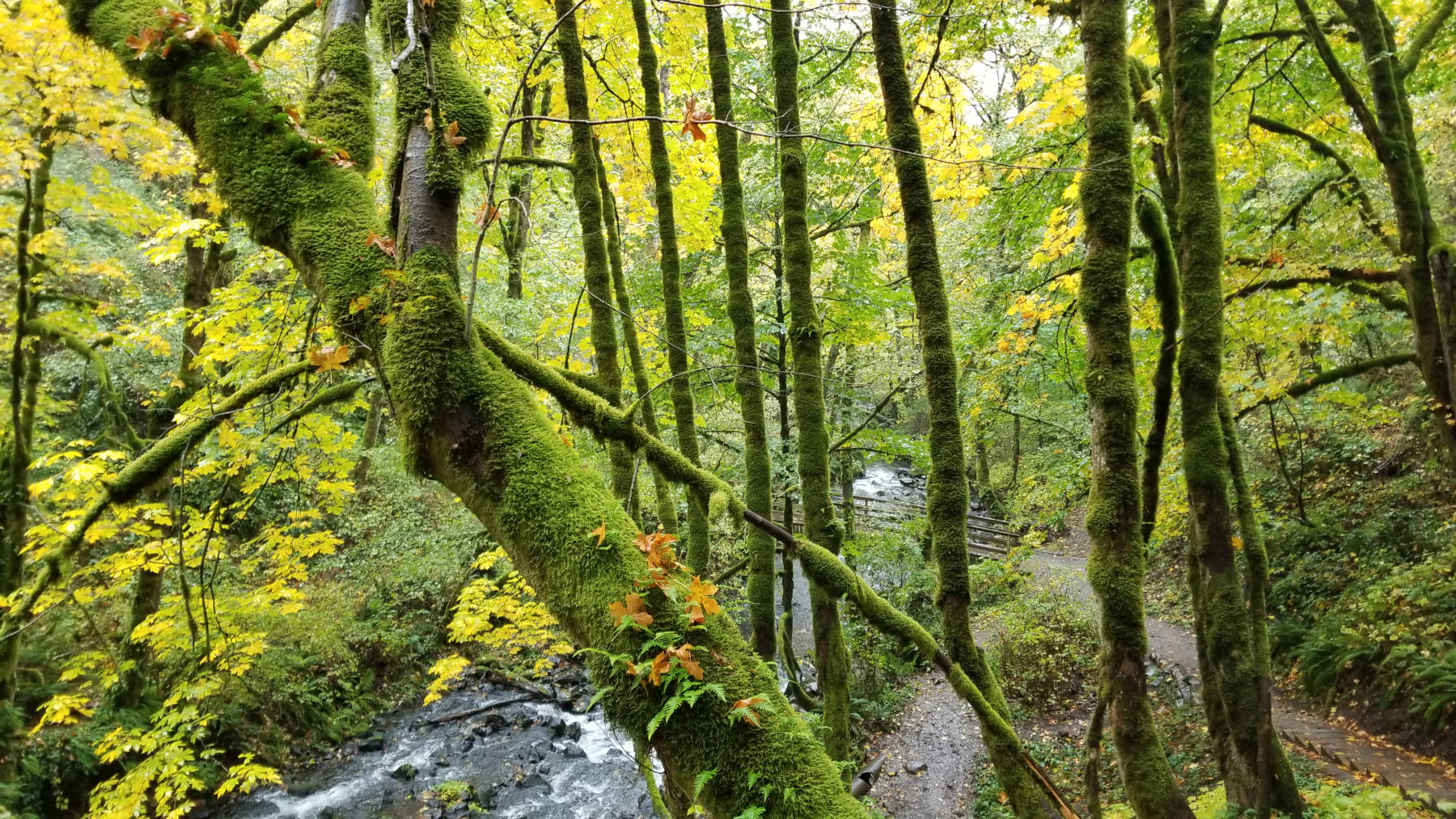
Washington: The state of Washington is the pinnacle of the Northwest, comprised of the snow-capped Cascade Mountains and forested islands.
Winter in Washington tends to be rainy and snowy, although the stunning views are worth the soggy trouble.
Mid-summer through fall is generally the best time of the year to go.
Check out Mount Baker, Olympic National Park, or Mount Rainier — any hikes offered in these areas are sure to satisfy your hunger for the trail.
New York: New York is probably not the first state that comes to mind when you think of hiking, but it sure has tons to offer.
Upstate New York is home to Lake Placid in the Adirondacks — just one destination that makes for some epic outdoor excursions.
A few hiking options to consider are Ampersand Mountain, Mount Jo, Black Mountain Loop, and Prospect Mountain Trail.
New York has a little bit of everything to offer, including mountains, waterfalls, and dense forests.
Hawaii: The Hawaiian islands should not be overlooked as a hiking hotspot either. Some of the top Hawaii destinations to hit the trails are on the islands of Maui and Kauai.
What better way to spend a vacation than exploring the lush green mountains of Hawaii followed up with some recovery in the Pacific Ocean!
Not to mention the weather is ideal pretty much year-round. Be careful of the rainy season, though, as some of the island’s trails are prone to flash floods.
Whether you are exploring the Waihee Ridge Trail on Maui or planning a multi-day excursion along the Na Pali Coast via the Kalalau Trail – make sure you have the proper permit first – you will be happy you brought along your hiking gear.
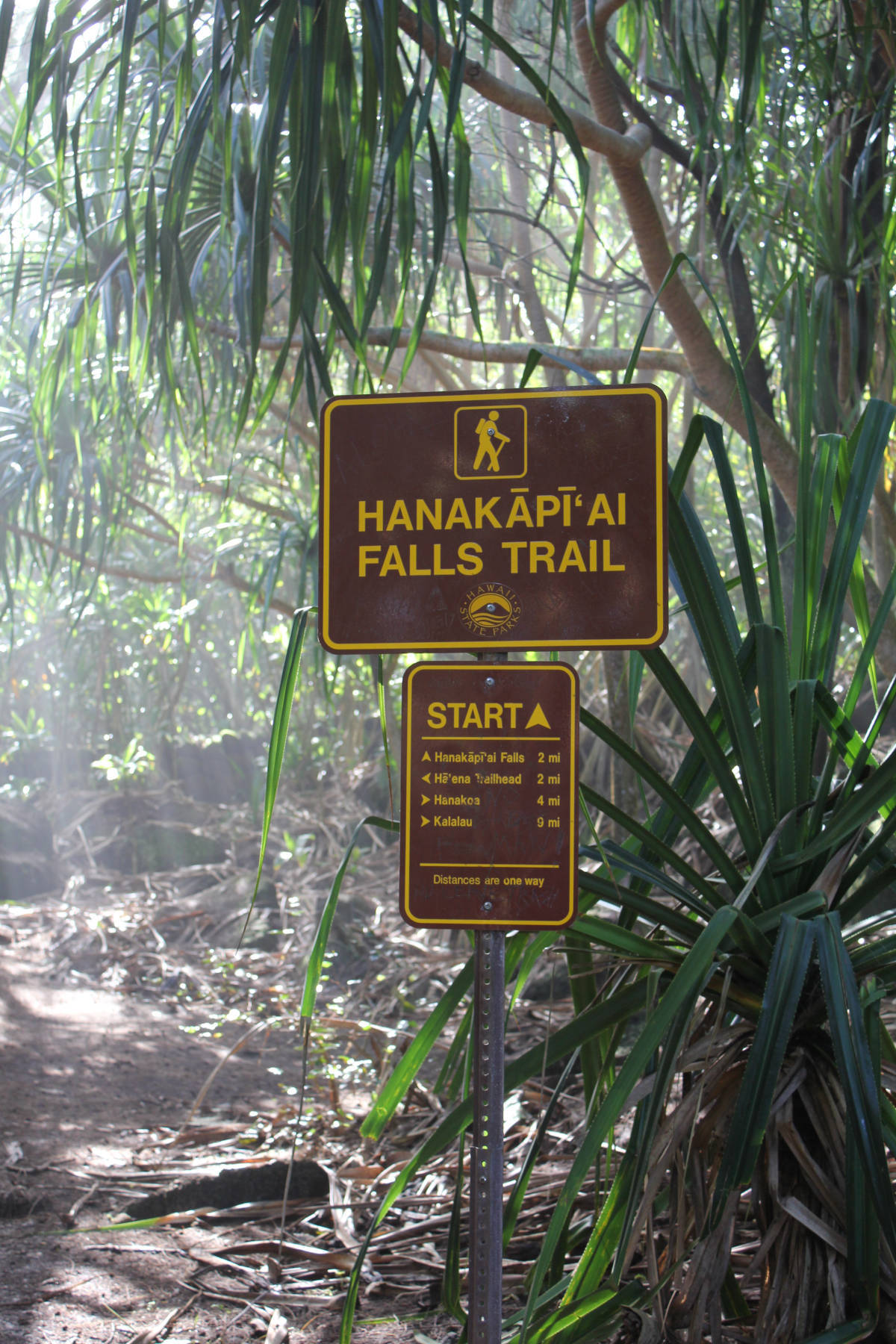
Hiking Terms and Jargon to Know
Alpine Zone: The area above the tree line on a mountain where only small plants can grow.
Base Weight: A backpacking term that indicates the weight of your backpack, including all your gear except food, water, and fuel. A Base Weight usually comprises your shelter, sleeping bag, and sleeping pad.
Bushwhack: The process of traveling off a marked path, often through thick plant life and trees.
Cairn: A structure of rocks used to mark a trail when trees aren’t present, such as in Alpine Zones.
EVA: A type of lightweight foam integrated into the midsoles of hiking boots and shoes.
Gore-Tex: A popular type of waterproof, breathable membrane. Gore-Tex can be integrated into shoes and apparel. Its primary purpose is to keep you dry.
GPS: Global Positioning System, a worldwide navigational system that functions by receiving input from satellites.
LNT: “Leave No Trace”, a collection of principles that encourages hikers and campers to leave an area just as pristine as they found it.
Polyurethane: Used instead of or in conjunction with EVA, polyurethane is a durable material that provides shock absorption in hiking shoes and boots. Its function is to support heavy loads.
Scree: A field of loose rocks that cover the slope of a mountain.
Section Hike: Unlike a thru-hike where hikers complete an entire trail in one continuous effort, section hiking is when you hike small sections of it at a time, returning home or back to work in between.
Topo: Topography is the study of the shape and features of the earth. A “topo map” displays an area’s natural and artificial features such as hills, valleys, and rivers.
Ultralight: Ultralight means hiking as lightly as possible. Ultralight hikers aim for a base weight of 10-12 pounds.
Vibram: A popular rubber brand integrated into the outsoles of footwear. Different types of Vibram rubber provide for varying levels of grip on slippery surfaces.
What is Day Hiking?
Day hiking comprises any distance you can complete between sun up and sun down — usually ranging from one to twenty miles. The latter is reserved for the more efficient and experienced hikers.
A lot of websites will talk about hiking and backpacking as if they are the same activity, but in reality, they couldn’t be more different.
Sure, there are some clothes and gear you can utilize for both.
The main difference lies in the time requirement.
Most backpacking trips last multiple days and sometimes months if you are taking on a thru-hike.
For beginner hikers, I recommend day hikes to get outside, experience nature, and if you like it enough, you can start planning for more extended trips.
Even though you won’t be gone for multiple days, you must consider some things before you set out…
Hiking at a high elevation is more difficult due to the decreased atmospheric pressure, which results in less oxygen being available to the body’s tissues.
When hiking at increased elevation, you need to be aware of altitude sickness. Symptoms include headaches, dizziness, nausea, and shortness of breath.
These symptoms typically occur above 8,000 feet. Staying hydrated and ascending gradually can help reduce the likelihood of altitude sickness.
In addition to high altitude, you’ll want to be prepared for changing weather conditions. These two factors are primarily concerns in the mountains.
The weather also mitigates what you should bring with you on a day hike.
Check the weather before you set out, but be aware that the weather can be unpredictable in the mountains.
Late afternoon thunderstorms are common in high-altitude regions, which is why it’s recommended to start hiking early in the morning so that you’re finished in the afternoon.
If you’re new to an area, it’s important to research typical weather patterns.
Ask around for advice — local hiking groups and outdoor gear shops can serve as good resources.
You’ll learn that much of what you’ll want to bring on a day hike is weather dependent, highlighted by different layers, rain gear and sun protection.
HelloTrail® is reader-supported. We may earn a commission, at no additional cost to you, on purchases made from our expert chosen links.
Hiking Essentials for Beginners
I don’t like guessing what I need for different activities, and if you are anything like me, then neither do you!
The whole point of HelloTrail is to give you the right amount of information so you can spend more time outdoors and less inside.
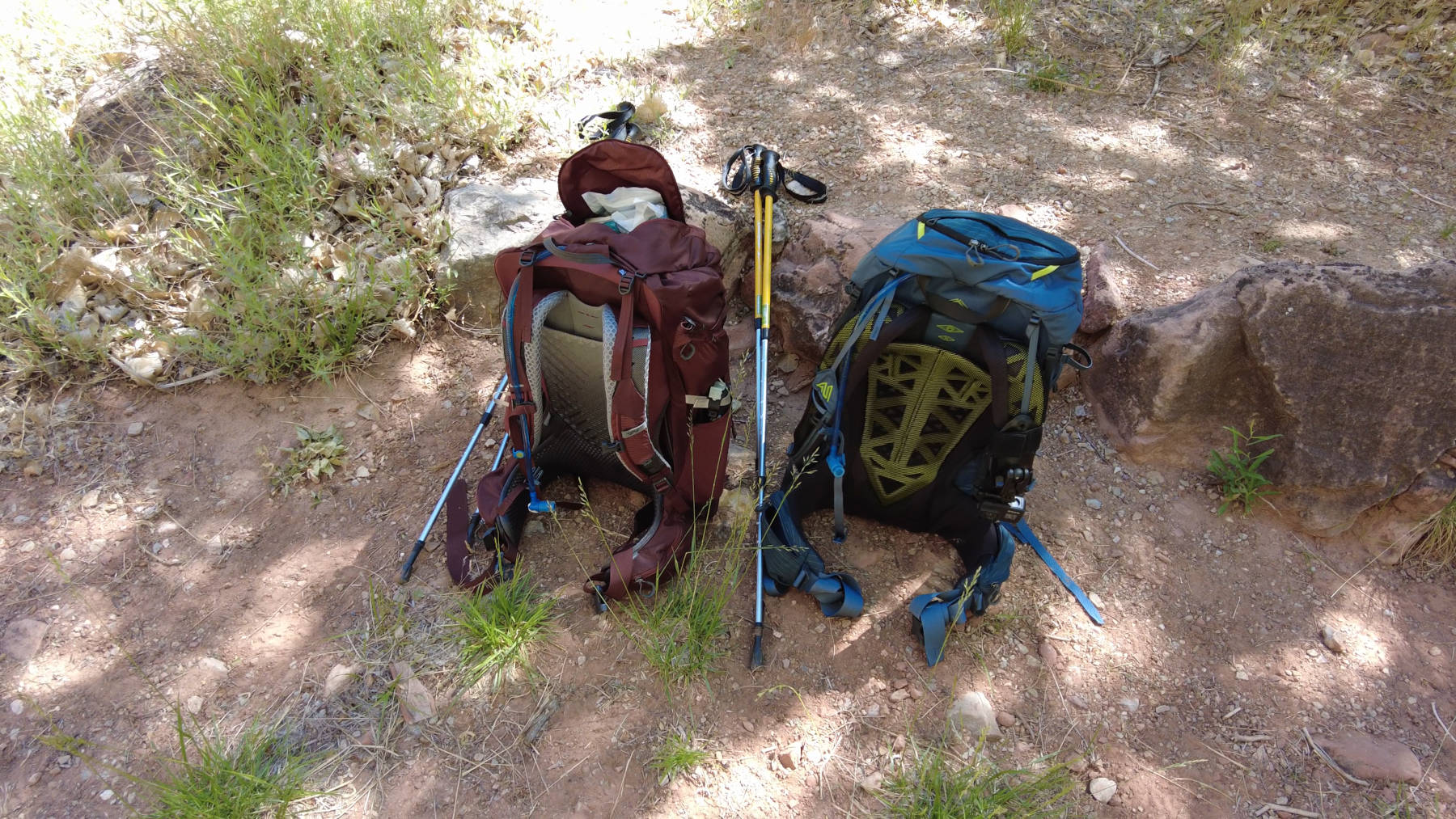
Here is what you should be looking to bring on your day hike, along with links to some of the reviews we have done for you to help narrow down the best hiking gear.
Navigation: A map and a compass are tried and true tools of the trade.
While modern hiking GPS devices are helpful, always bring a map and a compass as a backup.
Consider carrying a protective case for your map in case of inclement weather.
Hydration: Not bringing enough water on a hike is one of the most common mistakes.
When you’re hiking, your body is in a constant state of motion, and water is necessary to fuel your muscles and organs.
Not consuming enough water also makes you susceptible to altitude sickness, dehydration, and even hypothermia.
There are plenty of different ways to carry water with you on a hike.
You can carry a water bottle or bottles, pack a hydration reservoir, or use a hydration pack like the Camelback M.U.L.E.
Food/snacks: Not bringing enough food on a hike is another common mistake.
If you’ve never hiked before, it might surprise you how much energy your body requires.
Depending on the length of the hike, you may want to bring an entire meal, most commonly being lunch.
If you’re just setting out for a few hours, be sure to pack plenty of high-calorie snacks. Energy bars and trail mix are two popular hiking snacks.
Remember, it’s better to bring snacks and not eat them than go hungry.
The number of calories you burn hiking depends partly on your body weight and the hike intensity, but the average person will burn about 500 calories an hour.
Sun protection: When you’re outside, you’re automatically exposed to the sun, and even on a cloudy day, you should still wear sun protection.
It’s not even a bad idea to look for hiking clothes that have SPF properties built right into the fabric.
Apply sunscreen before you leave your house so it has time to soak in and carry some with you so that you can reapply.
SPF-rated lip balm is also helpful if your lips are susceptible to burning.
Additionally, you can bring a hat or sunglasses.
Rain gear: Pack a rain jacket (our favorite is the Marmot Precip Ashley is wearing in the image below) unless you’re setting out on a very short hike and you know for sure it’s not going to rain. You don’t want to leave this behind on an all-day hike.
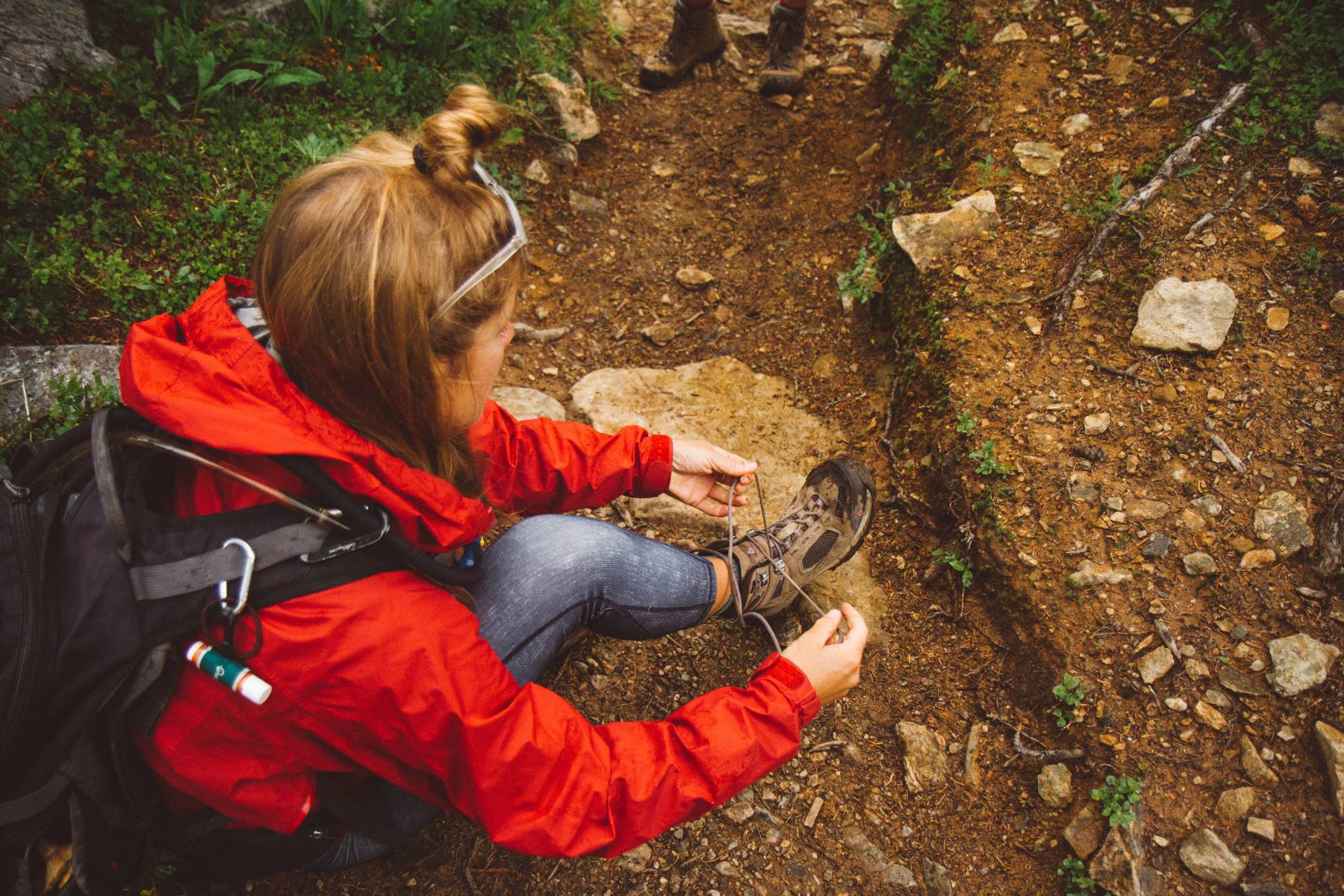
It can also be dangerous depending on the temperature, making you susceptible to hypothermia in cold weather.
Day pack/backpack: A daypack is useful for carrying your gear, including food, water, and sun protection.
You don’t need anything too big — less than 30 liters will do.
Bigger backpacks are designed for longer expeditions, such as overnight backpacking trips, so their size most likely will be needed.
Proper hiking shoes/boots: Choosing the best footwear for hiking is essential for a positive experience.
Select your footwear depending on your experience level and the type of terrain you’re planning on tackling.
For short hikes on easy terrain, trail shoes are sufficient. For more technical hikes, you’re going to want more supportive hiking boots.
The type of footwear you choose comes down to personal preference.
We own both hiking boots and shoes specific for hiking and what we wear depends on the climate and terrain.
There is no wrong choice as long as you get a pair that fits properly and can withstand the elements you will put them through.
Having good footwear is only half the battle.
We are big proponents of having the right tools for the job and the biggest part of the equation when it comes to happy feet are the socks you wear.
If you don’t know already, hiking socks are necessary if you are not a fan of blisters like us or you actually want to be comfortable on long hikes. Whatever you do, do not skimp on this purchase. Trust me, your feet will thank you!
Insect repellent: When you’re hiking, you’re exposed to the elements, which include insects.
Insect repellent is recommended if you’re hiking near water, in a buggy area, or hot and humid conditions.
Pack it if you’re not sure what to expect — it’s better to be safe than sorry. Insect bites can be extremely irritating and ruin even the most scenic experience.
Toilet paper: While most people prefer not to use the bathroom in the woods, the reality is that you might need to.
When you’re hiking, there are no bathroom facilities, so it’s a good idea to pack toilet paper if the situation arises.
Camera: Last but certainly not least you will undoubtedly want to capture your adventure to cherish later.
You can use your smartphone’s camera or an entry-level DSLR camera.
Maybe you want a first-person account of your day out on the trails, so get the best GoPro for hiking to attach to your head or chest and record your most memorable moments.
Don’t Forget Your Safety Gear!
Safety is ALWAYS priority #1 – you are going to be out in the wilderness after all!
Even if you’re a cautious hiker, being prepared for an emergency could save your own life or someone else’s.
Being out in nature is one of the primary attractions of hiking, but this means you’re at the mercy of the elements, and the elements can be unpredictable.
Knife or multi-purpose tool: You may want to carry a knife or multipurpose tool with you in case of an emergency.
A knife can help cut cloth into bandages, repairing gear, and even removing splinters.
Illumination: A headlamp is the most ideal form of illumination on the trail because it provides for a hands-free light source.
Having some sort of lighting with you is essential if there’s a chance you’re going to get caught out on the trail at night.
It might also be useful to carry along an extra pair of batteries.
First aid kit: We put this under the emergency gear category, but it can be considered essential for any hike, no matter the distance.
You can purchase a pre-made first aid kit at any outdoor retailer. Alternatively, you can make your own.
Our favorite hiking first aid kit we don’t leave home without is the My Medic MyFAK. (Use code HELLOTRAIL20 at checkout to get 20% off your order)
Necessary things to include are medications (ibuprofen, imodium, and antihistamines are suggested), moleskin for blisters, a roll of sterile gauze, alcohol wipes, tweezers, gloves, hydrocortisone cream for insect bites, adhesive bandages, an Ace bandage, and safety pins.
Other things to consider are a CPR mask, scissors, butterfly closures, and liquid bandages.
Emergency blanket: When you set out on a day hike, you don’t intend on spending the night in the woods, but an emergency could arise that results in this reality.
In that situation, you’re not equipped with sleeping equipment like you would be if you were backpacking.
This is why carrying an emergency blanket is recommended.
In case you’re forced to spend the night outdoors, an emergency blanket will keep you from getting hypothermia.
Fire starting material: If you’re stuck out in the wilderness overnight, you’re going to be glad you carried along fire starting material.
A fire can serve as a wildlife deterrent, help alert rescuers, and also keep you warm.
You should carry a lighter or matches in a waterproof container and some sort of fire starter.
You can buy pre-made kits at your local outdoor retailer or make your own.
Water purification: If there’s a chance you could get stuck out in the woods overnight, you’re going to want to carry some method of purifying water.
This can be in the form of tablets that you drop in water collected from a stream, river, or lake or using a special water bottle like the Grayl Geopress.
It has a special filter that lasts years and will remove waterborne pathogens in 8 seconds!
Please don’t take a chance that you won’t get sick from drinking the water flowing down a mountain.
Hiking Groups and Clubs
As a beginner, hiking by yourself is not recommended — although for experienced hikers, it can be a very rewarding experience.
The key to getting into hiking is to find a great hiking group or partner. Luckily, in this age of modern technology and social media, it’s easy to get your foot in — or in this case, out the door.
Getting involved with a local hiking group is the best way to get started.
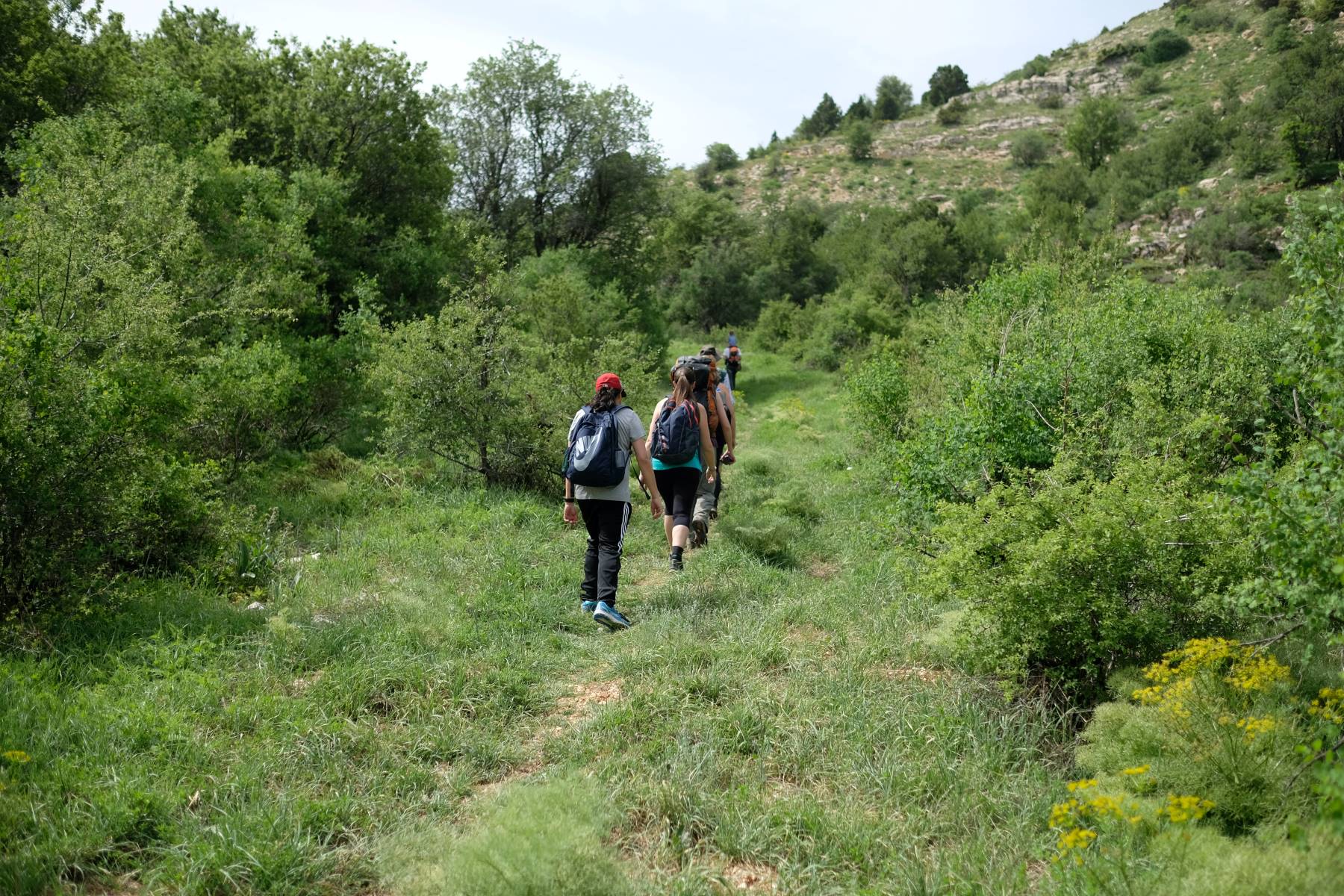
How Do I Find a Group to Join?
The worldwide web is undoubtedly an excellent place to begin your search for hiking groups but proceed with caution.
Typing ‘hiking groups near me’ into the search bar will likely amount to an intimidating number of search results, so consider narrowing your query.
To do this, you’re going to need to define some of your goals and values.
Are you interested in gender or age-specific hiking group?
Maybe you’d like to go hiking in a specific area?
You can use your answers to the questions below as a helpful way to narrow down search results.
What is your experience level?
Because this article is geared towards beginners, you would likely search for ‘hiking groups for beginners’.
If you did that and landed on this article, keep reading, we have you covered.
What levels of trails are you interested in hiking?
Hiking trails are typically broken down into categories of Easy, Moderate, or Strenuous difficulties.
Most beginners will want to search for Easy trails, but if you’re in relatively good shape, you could include some Moderate ones as well.
What is your age?
This is useful if you’re interested in hiking with people your age, so include an age range in your search to narrow it down.
What is your gender?
If you feel more comfortable hitting the trails with members of the same sex, there are plenty of options.
Major outdoor retailer REI organizes women adventure trips year-round for instance.
Are there specific trails you’re interested in hiking? Search for hiking groups specific to these areas.
Look Offline…
While the internet is certainly a good place to start looking for hiking groups, there are tons of other great resources out there. Let’s go over a few:
Trail Associations: These are groups of people passionate about caring for specific trails or hiking areas.
Getting in touch with these associations will provide you with guidance for finding individual trail clubs ranging from casual to larger, fee-based organizations.
Alternatively, you can get involved with the association itself and work on integrating yourself into its community.
Many states and famous trails have their own associations. For example, the Appalachian Trail Conservancy and the Pacific Crest Trail Association are two of the most popular trails in the United States.
The American Hiking Society: This is perhaps one of the most comprehensive resources out there.
Their website is full of helpful information, including a search bar for hikes near you and articles on hiking.
Becoming a member allows you to get involved with maintaining hiking trails around the country, through which you’re bound to meet hiking companions.
Check out their video about volunteer vacations. You can meet new hiking enthusiasts and do good for the trail systems at the same time!
Meetup.com: Meet-up groups are growing in popularity around the country. Through their site, you can easily find hiking specific meetups all around the country — just search for the ones near you.
Nature or Science Centers: While this might not seem like an obvious resource for seeking out hiking groups, many nature and science centers offer guided tours and field trips, which provide you with the opportunity to hit the trails and meet other outdoor enthusiasts.
Outdoor Gear Retailers: Outdoor retailers are developing popular programs geared to get people outside.
You can search for classes, outings, and events near you on REI’s website.
Some of the activities offered include day hiking, wilderness survival classes, full moon hikes, and introductory backpacking classes.
Don’t have an REI near you? Check with your local outdoor gear retailer for any opportunities they might have.
Even if they don’t offer any programs, the people that work there are familiar with the outdoor industry in that particular area — they could serve as helpful resources.
Use Social Media to Your Advantage
Facebook is another excellent resource for finding hiking groups in your area.
Search for day hikes, gender, or age-specific groups near you in the Facebook search bar, and it will automatically pull up results relevant to your location.
A lot of trail associations also have their own Facebook pages.
It might be helpful to follow them to find out about fun events and keep up with hiking news.
Here’s a link to the American Hiking Society Facebook page to get you started.
While social media isn’t necessarily the most helpful resource out there, outdoor groups are growing in popularity, so if you have a social media profile, you might as well take advantage of it.
It can also be a useful way to find out about individual members of a group and serve as a place to ask any questions or concerns you might have and receive community feedback.
How Do I Know Which Group or Club is Right for Me?
People come from diverse backgrounds and experience levels and want to get different things out of a hiking group.
What might seem like the perfect group for you on paper might not end up meeting your needs.
I suggest you write down a list of at least three different groups, events, or outings that you come across and try out all of them.
Evaluate the ambiance, how well you relate to other members in the group, and if the hiking suits your fitness level.
Things to think about when trying out different hiking groups:
Do the meetings fit in with your schedule?
Does the group hike areas that are of particular interest to you? Maybe you are thinking about checking out some more challenging areas but feel safer doing so with others first.
How is the pace? Can you keep up with the other hikers, or are you falling behind?
How are the people? Are they open and accepting to you as a new member?
Checking out at least three different hiking groups gives you plenty of options to choose from.
Hopefully, you’ll find at least one group you mesh well with — but if not, keep looking. I know the right one for you is out there!
Before You Join One…
When you decide you want to join a hiking group, make sure you’re prepared. This means purchasing proper gear in advance, even if it is just a good pair of hiking shoes and a backpack.
It will be helpful to break in your boots or shoes ahead of time, whether that means strolling around your neighborhood or taking a few laps around the local park.
It’s important to be familiar with basic hiking etiquette. Doing so will have your new hiking friends thinking you are a seasoned trail veteran.
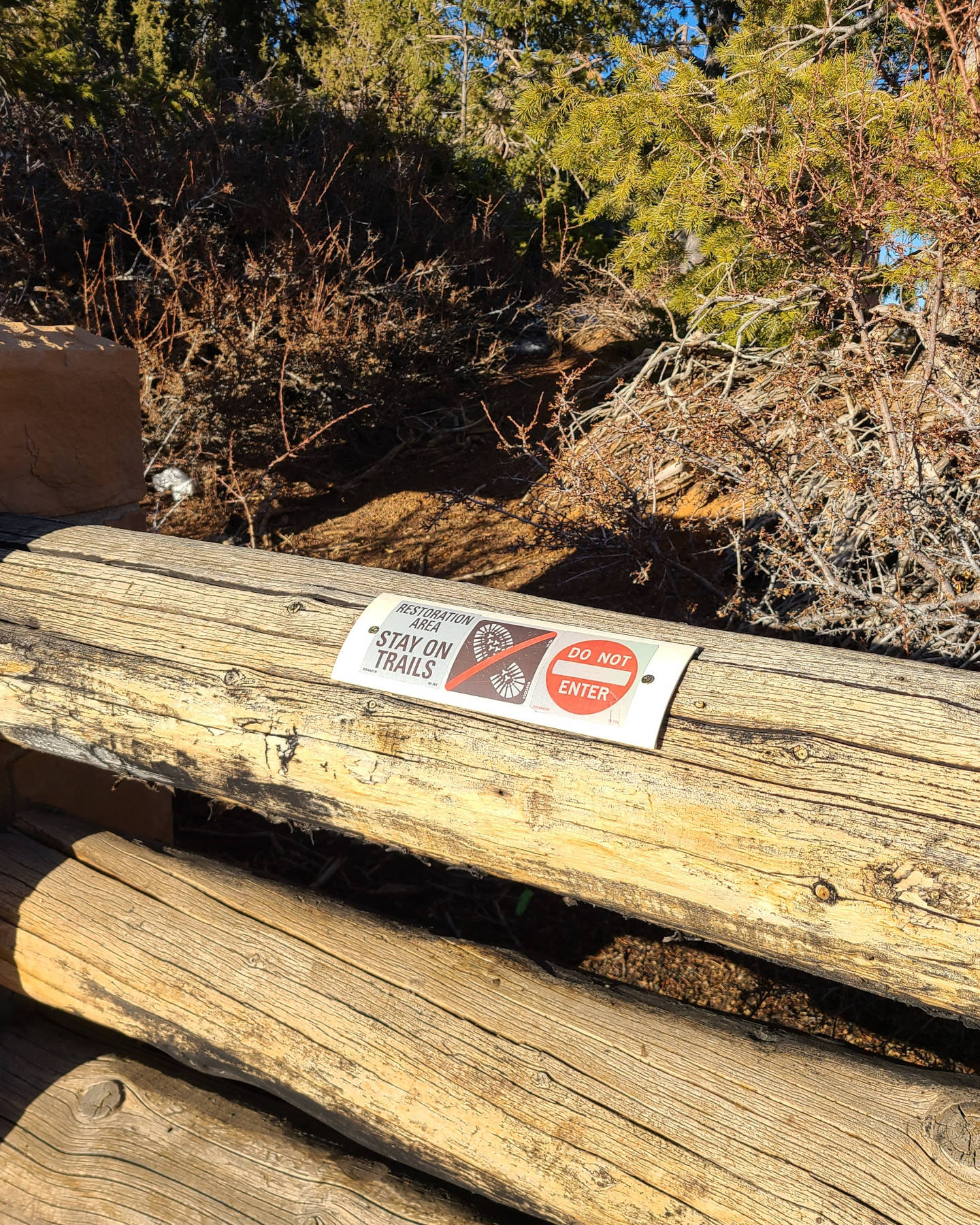
Touch base with group members ahead of time and find out what a typical outing consists of, including the hike’s length, location, and time.
Ask about food and water: do people typically pack a lunch? Also, pay attention to the weather that day.
If it’s going to be cool, you might want to carry a water bottle, but on a sweltering day in the middle of summer, you’ll likely want something more substantial, like a day hiking pack with hydration.
Know your limits, and don’t push yourself too hard when you’re first getting into hiking. Start with a short hike with little to moderate elevation gain and build up to the more difficult excursions.
The last thing you want to do is get in over your head – especially with the added pressure a group environment might pose. The goal is to have fun, make friends, and most importantly, find a hiking group you want to stick with long term.
Wrapping It Up…
If you made it to this point and ACTUALLY read everything, give yourself a big pat on the back because you are no longer a beginner hiker. Even if you have yet to step foot on a trail, you know 90% more than most do!
With this newfound knowledge of hiking, you can rest assured your trail experiences will be memorable ones. Not only that, but you will be enjoying nature and treating it with respect, so those hikers that come after you will be able to share in the same experience.
I do not doubt that you will appreciate the mental benefits of hiking just as much as the physical ones. There is something extraordinary about the clean air, the sound of a mountain stream flowing next to you, and hearing wildlife off in the distance that will leave you craving for more.
Thank YOU for taking the time to learn more about hiking for beginners. Now it’s time to #GetOutside and say #HelloTrail!!!
